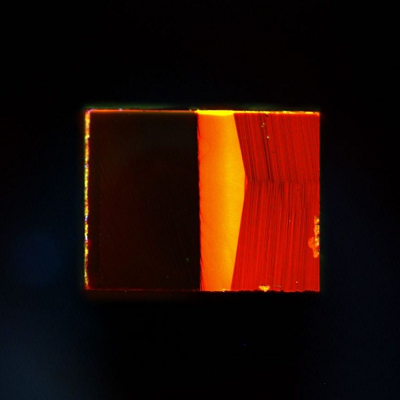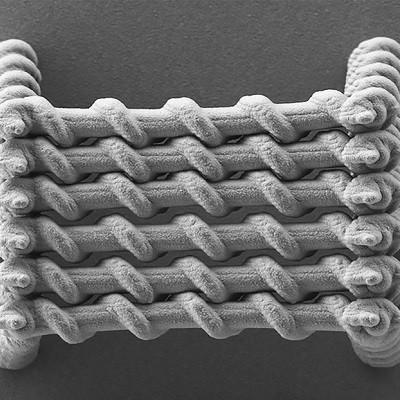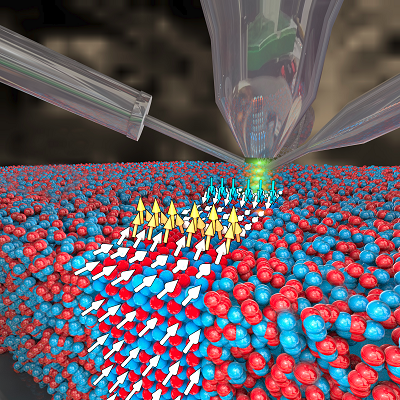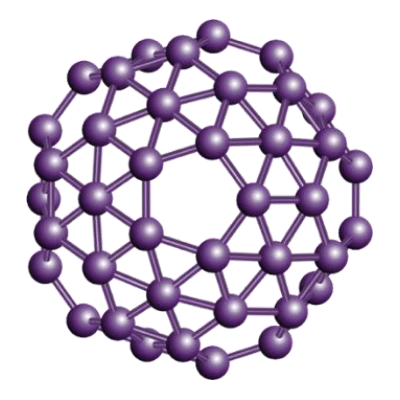How do you detect something happening inside a material that’s only one atom thick—without using atomically precise tools?
That’s the challenge a team of scientists from the Institute of Physics in Zagreb set out to solve. And in a surprising twist, they succeeded using advanced atomic force microscopy, AFM – based methods—a technique traditionally considered not accurate enough for this task.
Their study, just published in The Journal of Physical Chemistry Letters, shows how AFM-based methods can be used to visualize intercalation—the process of inserting atoms between layers—in ultra-thin materials like graphene and molybdenum disulfide (MoS₂). This is a important breakthrough for understanding how to tailor the properties of 2D materials for use in everything from flexible electronics to quantum technologies.
“We proved that you don’t need atomically resolved techniques to detect atomic-scale phenomena,” said Dr. Iva Šrut Rakić, the project’s lead researcher. “With the right approach, even tools like AFM can tell you exactly where and how the material is changing.”
Intercalation is a powerful way to manipulate a material’s electronic, optical, and mechanical properties. But until now, detecting it relied on complex and expensive techniques like scanning tunneling microscopy or photoemission, which are limited in scale, scope, and practicality.
The team’s approach uses AFM in several advanced modes— , including Kelvin probe force microscopy and photoinduced force microscopy thus measuring changes in surface potential, stiffness, adhesion, and even optical response—to identify where sulfur atoms have intercalated beneath the layers of MoS₂ and graphene. These subtle changes, invisible to the eye and barely detectable by traditional AFM topography, can now be clearly mapped. Even more impressively, this was done on samples exposed to air, not sealed away in ultrahigh vacuum.
“This makes our method much more accessible and versatile,” said Karmen Kapustić, co-first author of the paper. “It can be used on real-world materials, not just perfect lab-grown samples.”
As global demand grows for next-generation nanomaterials that are thinner, lighter, and more energy-efficient, the ability to control their behavior at the atomic level becomes essential. Intercalation is one of the most promising ways to do that—but only if we can reliably detect and understand it.
This research shows that you don’t need ultra-specialized tools to gain atomic-level insights. With careful measurements and clever analysis, even broader-scale techniques like AFM can reveal hidden processes in 2D materials.
“We’re bringing atomic-scale insight to the real world,” said, Cosme G. Ayani co-author. “That’s what makes this so exciting.”
Read the original article on Institute of Physics Zagreb.







